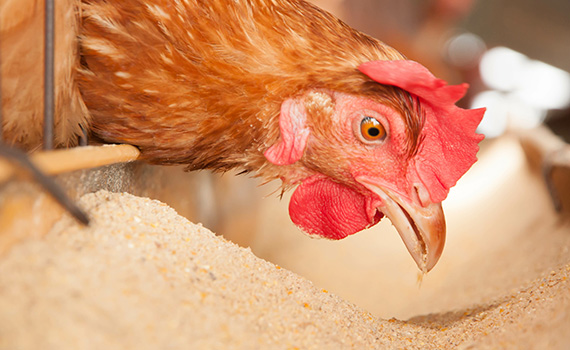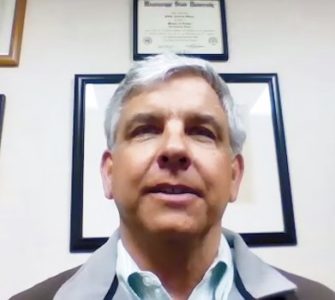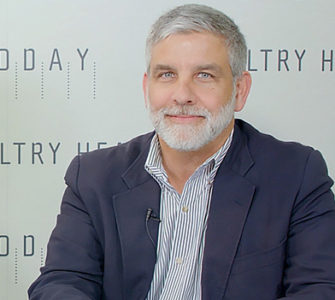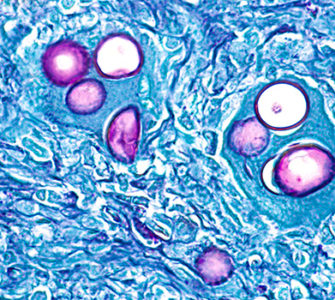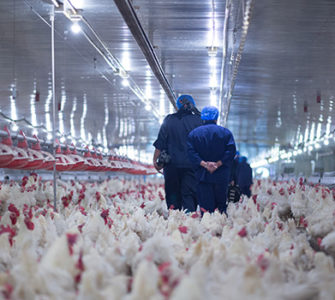Cutting ionophore use could do more harm than good, veterinarians warn
Removal or reduction of ionophores for the control of coccidiosis in poultry could lead to increased antibiotic use, higher production costs and negative impacts on climate-change mitigation efforts, according to a new review paper in VetRecord.
Coccidiosis is a ubiquitous challenge for poultry producers, with Eimeria parasites that cause the disease adapted to thrive under poultry house conditions. The disease causes serious inflammation and damage in birds affected, while also making them more vulnerable to secondary infections such as necrotic enteritis. The study’s authors — led by UK poultry veterinarian Charles Daniel Parker — cite data suggesting that the global cost of coccidiosis is estimated to be £10.5 billion (approximately US $14.2 billion) annually.
Negative impacts on animal health, welfare and productivity are not the only serious effects, they note. Increased risk of intestinal colonization by common food pathogens could also lead to food safety issues.
The review stresses the advantages of the use of ionophores as feed additives as a means of combatting coccidiosis, including better intestinal integrity, reduced use of antibiotics and economic gains.
Are ionophores antibiotics?
In recent years, there have been calls from some scientists in Europe to consider scaling back the use of ionophores in poultry production due to concerns that they also show action against Gram-positive bacteria, in addition to having an effect on coccidia. Accordingly, they suggest ionophores should be classified as antibiotics rather than simply antimicrobials — and as such, they should be part of antibiotic-reduction targets, set up with the aim of reducing the development of resistance traits in pathogens.
That’s where the paper’s authors disagree.
“Since no medically significant bacterial resistance has been described for ionophores in over 49 years of use, it is highly unlikely that there will be an impact on human health by their use as anticoccidials either through co-selection of resistance or any co-resistance to antibiotics important in humans,” they explained.
Mode of action mitigates risk
Ionophores’ biophysical mode of action explains the very low likelihood of resistance developing, they continued.
Unlike the antibiotic-resistance development seen to other compounds such as beta-lactams — which are usually associated with a single gene or point mutation in the bacteria — resistance to ionophores would require multiple gene mutations, they said.
“The number and size of the genetic changes necessary to accomplish such a massive reordering of these bacterial components would be so large as to preclude it occurring.”
More resistance risk, plus environmental costs?
The veterinarians suggested that removal of ionophores may result in an increase in the use of therapeutic antibiotics and a greater risk of resistance developing, running against World Health Organization goals.
Calculating the cost impact for producers who don’t use ionophores, they advised that in the UK alone, the additional annual cost to the broiler sector would be between £68.02 million and £109.95 million (approximately US $94 million to $152 million). This is derived from modelling work suggesting that the removal of ionophores could result in increased costs per bird of between 3.3% and 10.8%.
Environmental cost was calculated based on an assumption that overall poultry demand would continue to be met, albeit with greater space requirements due to fewer birds being reared per house. This would represent an additional 84,000 tons of carbon dioxide equivalent produced every year in the UK to produce the same quantity of meat, they added.
“Any cost increase would make this wholesome and affordable animal protein less affordable to poorer sectors of society,” they wrote. “Increased greenhouse-gas production, demand for water and land as a result of less efficient production will impact on climate-change targets.”
To view the full article, click here.
Posted on February 3, 2022



